These band of innovators from IIT Madras were once struggling to make ends meet. Belief and knowledge of computer vision, a zeal to provide business solutions using Artificial Intelligence, Cricket at the office, and wisdom from Sridhar Vembu enabled them to build world’s leading image-AI stack. Here’s their story
Can I use Dad’s creds for a SIM card?
Short Answer: Maybe… If you request and Papa relents.
Long Answer: Even if Dad allows, your telecom company is bound to reject your application. Most telecom providers in India use a cool tech-stack to prevent identity theft. Want to know how it works? Keep reading.
When a large bank in Vietnam discovered more fraudsters than genuine deposit holders it dialled HyperVerge for help. India’s biggest telecom major and biggest PSU bank, both have HyperVerge on speed-dial to enable a seamless customer-onboarding process. India’s third busiest airport wanting to impress travellers with a smooth entry and exit at the airport is also toying with a HyperVerge engine.
This IIT-Madras incubated stack has grown into India’s fastest and perhaps the largest image-AI enabler. While HyperVerge delivers tomorrow’s AI today (their slogan), things did not move briskly for co-founders Kedar Kulkarni, Vignesh Krishnakumar and Kishore Natarajan. Their debut project for Indian Railways did not move up despite the team proving significant cost-savings… Landing on the US East coast got them international acclaim but not the kind of growth from an AI block… The HyperVerge team was fortunate to have received a lucrative sell.
The HyperVerge team braved the temptation in favour of retaining their moat. Meditation, soul-stirring serene thoughts and cricket sessions at the office helped them survive. But once survival money dried out and the dark clouds appeared ominous, words of wisdom from a Veshti-clad business guru took this company to the next stage. That Guru was none other than Sridhar Vembu, the Co-founder of Zoho Corp.
In a conversation with Sairaj Iyer from Sifydotcom, Kishore Natarajan, the Co-founder elaborates on AI, HyperVerge’s enterprise & social contributions. He also delves into the rapport with Vembu and how it has helped.
Edited Excerpts:
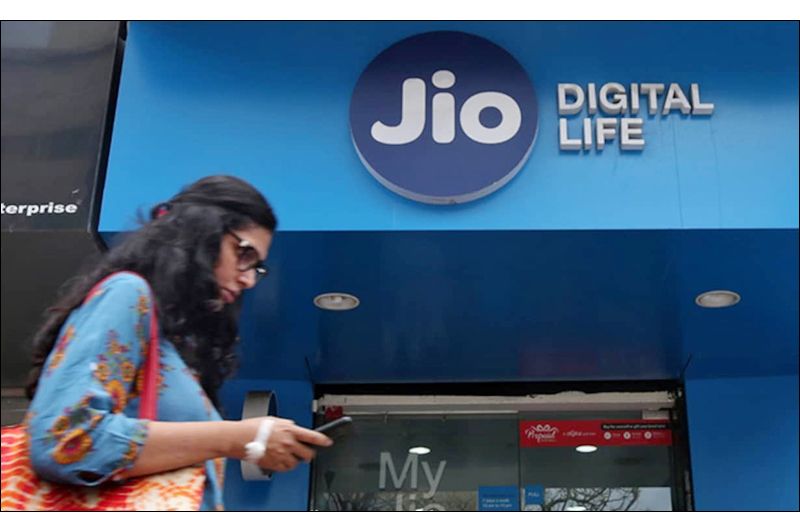
Are you saying that my SIM card will be rejected if I walked into a store with my father’s PAN Card and photograph (we look similar)?
Yes, it will. The HyperVerge engine will detect in real time the difference between the document and the person applying for a SIM card. But, had your father walked into the store with a very old photograph the engine would still match with what he looks like today. Our algorithm is coded in a fashion to not accept two people looking similar but it will not reject an application just because a photo or document was twenty years old.
The algorithm has least false-positives. We built the algorithm to work within few milliseconds of speed and for enterprises that wish to scale. That is the reason it works on any available network and device — 3G/WiFi/4G/, smartphone, feature phone, CCTV etc.
What about non-telco clients? How do they use this engine?
Besides Reliance Jio and Vodafone Idea, we have banks such as FE Credit, a Vietnamese bank as our customers. Then there are clients across India, Nigeria, Philippines, Vietnam and Malaysia. Those are in addition to the projects we have worked for KYC and PAN systems.
FE Credit was the face de-dupe system to avert banking frauds? Give us an overview of this project.
FE Credit is a Vietnamese bank that faced sophisticated attacks with its lending system. Fraudsters used different techniques such as sharing morphed pictures or altered documents in their application. They (fraudsters) were so creative that they would use a beard, hair-style sometimes even use make-up. The applications would be in hundreds and the risk for the credit company was too big. When they approached us, our proposal was a de-duplication system on all the applications made available within a single bucket. The credit company can now scrutinize every application from a bucket to precisely match if the application is that of a fraudster. Doing this has not only saved the company from a lending risk but credibility risk as well. There are significant cost-benefits too thanks to the speed and accuracy.
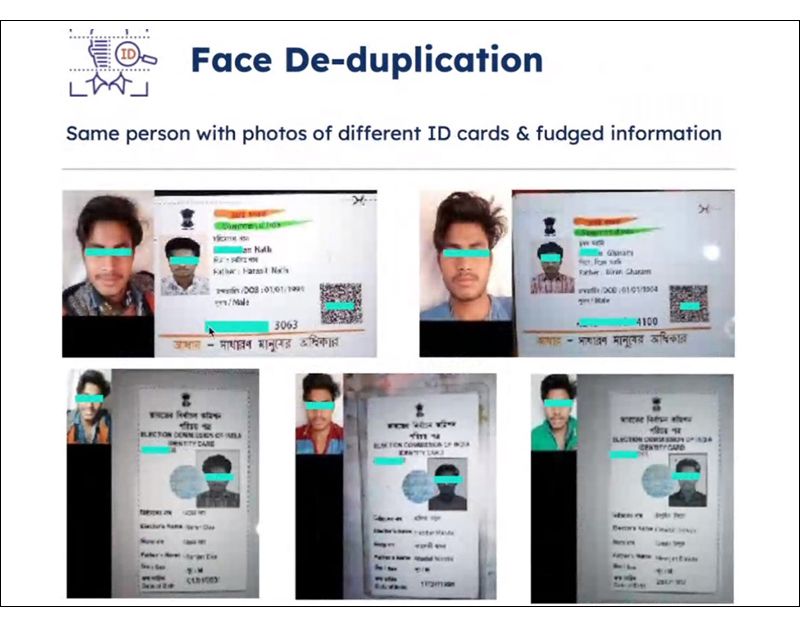
Tell us a bit about the scale of HyperVerge?
Scale is not a concern at all and credit goes to our Tech team for building a great level of efficiency. Of course, thanks to working with the fastest growing telco and the biggest bank of India, we have insights on how to consistently better the volume.
We currently do about 1M KYC checks in a day which is higher than any other player in the markets that we work in. We work with 100 odd clients and solve their customer onboarding journeys. In the process we built a technology that ranks number one in the world in facial recognition as benchmarked by the US department of Commerce. There are multiple companies that have raised $500 to $600 million in the world. We are among the top three in the world to have a competitive AI engine. We are a team of 130 plus growing organically.
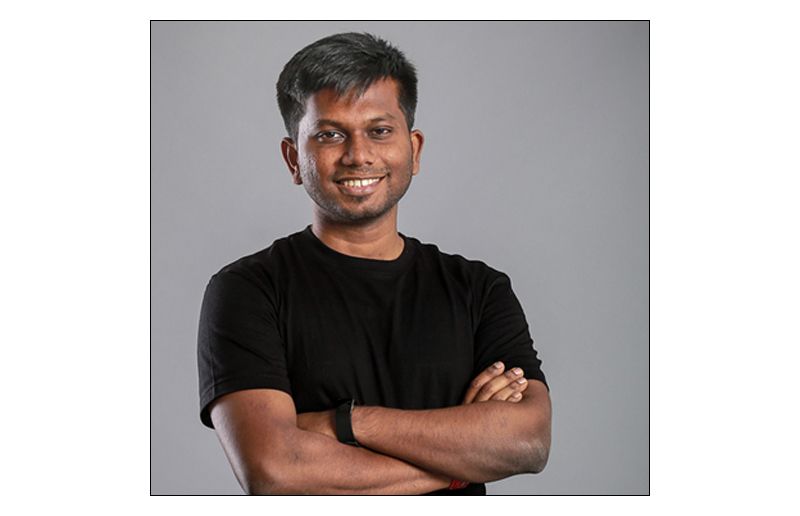
What were challenges like when your team was building the HyperVerge engine?
Our first deep-learning project was with Indian Railways… We brought down the cost of a solution from crores to mere two lakhs. Our professor asked us to quote Rs 8 lakhs considering alternatives were so expensive. But the project never took off as we couldn’t figure out the legal aspects of doing a business such as how to build a contract. During early days we also got to work with big names such as MRF, ITC etc.
Some of our trusted advisors and friends told us to approach US markets. We built some interesting deep tech stack, landed up on the East Coast and funded our project through a grant at IIT Madras. The competitions we were participating at also helped us sustain. In the East Coast we landed up at MIT and when we spoke to a bunch of professors, we realized we were one among the few in the entire world including top Universities to build a viable application for deep learning tech. AI back then was as popular as Blockchain is today, but it didn’t have use-cases. When people were wondering how to do thing, we built an engine to solve simple problems on a photo or an abstract image using C.
We saw that our engine would solve questions based on data from people’s phones using our photo sharing app. We wanted to raise money but people told us to approach a venture capital and not Kickstarter. We didn’t know what a VC was until then. Somehow, we started a Kickstarter campaign to raise $50,000. We ended up raising nearly a million dollars within a month. This eventually made us realize that technology was a lot more valuable than what we had imagined. We wanted to deploy our engine inside a consumer app. But didn’t have the necessary curves for a consumer app.
In 2016, we researched on the engine from a stack of 9 different pivots. These pivots were largely about solving people’s problems. We wanted to build something that was a productive use of our time and simultaneously gave consumers a great use-case. With the available data, we built a health-app that analysed the calorific value on your plate. Between 2014-16 we built multiple apps, played a lot of Cricket in office and had several concepts to work but not a single rupee was coming to us. We were slowly burning money through the capital we raised. Around 2016-end of December we had an acquisition offer from a major company for double digit million dollars. Everyone in the team was to get serious money… The founders would have made a few million dollars… Our team would have had quarter-millionaires.
We passionately debated whether to go or not to. Many said no for the simple reason that we worked without rewards all this time. People in college work for some resume points but we were slogging for no reason. Our journey kept us glued and by parting we would have ended the very valuable journey. We didn’t want to lose out on something so precious for mere capital gains. We said No to the offer. We resolved to get more insights, network with entrepreneurs and also seek wisdom from the industry. One of the smartest people we had access to was Sridhar Vembu (Zoho Corp). He gave us clear insights.
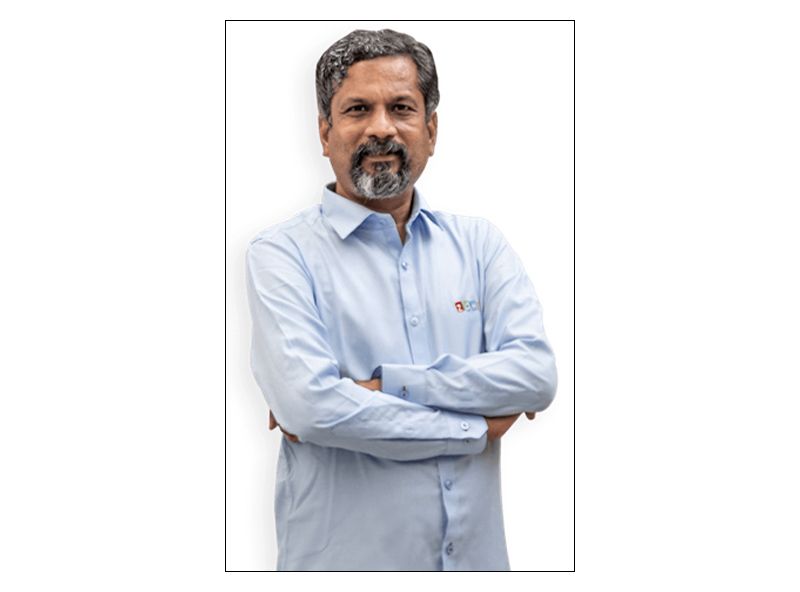
What were conversations with Sridhar Vembu like?
Of course, there was enlightenment and many quirky responses too. Vembu made us realize that we cannot work with the sole objective of creating shareholder value. I mean it is important but not the most important thing when it comes to running a company.
With Vembu’s clarification on the value conundrum, we all agreed that we should create shareholder value and targeted $500 million. Our next question then was how do we create that. Vembu’ suggestion was clear — ask two clients to invest quarter million with us since we couldn’t approach ten different clients. Vembu was kind to invest some money and become our first client. Whatever you see in Zoho as the grammar correction engine is something which we built and transported to Zoho. He was kind to give us our big-break. Then we closed another deal which gave us survival money.
How did the meeting with Vembu start and what were the major business learnings?
Vembu had come to IIT Madras for a talk-show when someone asked him to visit the research and incubation center. It was a hot afternoon. Kedar (Co-founder) was sleeping on the floor… I was running around in casuals when we got introduced to Sridhar. Our relationship blossomed over the years.
Vembu’s responses to our questions were quite impactful. The first one, — ‘Boss! If you want to solve a problem that is so fundamental then it will take time.‘
The second one, ‘You can’t take other people’s money to solve fundamental problems, since all of them come with an expiry date.‘
Also, we were under the impression that business and impact go together. For instance, Tesla where the business of building electric cars and the impact of a cleaner planet goes together. But such examples are limited. Vembu suggested to not look at business and impact in the same frame. By building a business of value and the sheer virtue of its scale, the business will end having built tremendous value. That made a lot of sense.
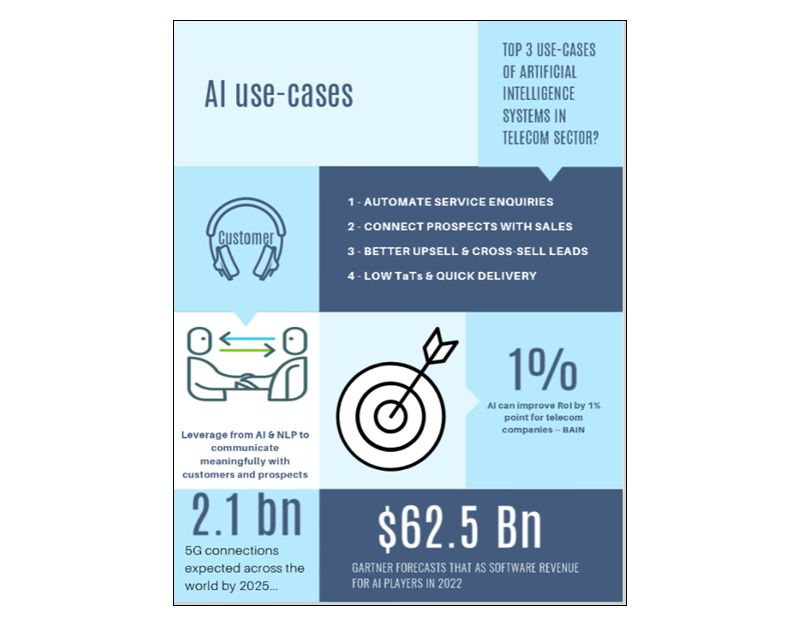
How much have you seen AI evolve in the last few years?
AI was taking over human accuracy in mundane tasks when we started into deep learning sometime in 2012. AI was solving some menial things like — is this a pornographic photo? Is this X or Y?
We felt it could be disruptive and that is where we started off. Previously we were writing rules for AI systems which was the stage of Computer Vision. We worked and built rules for traffic signals.
AI has become more accurate as we speak. It has evolved from a rules-based engine to a more passive way. Active technology is sending the user a number or some method to authenticate. A passive way is where technology finds an answer without assistance from the user.
We have evolved to becoming one among the three companies in the world to have ISO certification for AI on a single image. With a single image our engine can suggest if it was a fabricated image or a real one.
As regards to evolution of AI, the emergence of self-driven cars is the biggest AI enabled stuff we can imagine in the last few years. Then there are Chatbots which are super evolved. From AI writing stories to a thinking AI, there are some mind-boggling applications. One such interesting use-case is in the Tourism sector. People have created a 3-dimensional rendering of Chatrapati Shivaji Terminus or the Mysore Palace using just one photo. AI is a super-crazy sector and quite hopeful of a bright future.
Tell us a bit about the HyperVerge Contribution to Society?
Basically, we look out for others before looking out for ourselves. We built this organization to meet our survival needs. Once our survival fight ended, we agreed it was time to build impact for society rather than looking for fancy tags like billionaires and millionaires. One of the things we built was the HyperVerge Academy. Through this academy, we connect with students from disadvantaged backgrounds. To give you an example, a kid from Tamil Nādu had to walk miles to get internet connection. An amount like Rs 10,000 matters much for such students. At the academy, we adopt such people, sponsor their education, give them a laptop and a free training in coding. By the end of the bootcamp we take them to interviews including HyperVerge. So far, 30 such students have been trained. The average income of the family has doubled in all these hirings. We hope to do for 100 kids in the coming cycle.
Doing this doesn’t come from a saviour syndrome but the happiness of bringing change in other people’s lives. My dad has gone through a lot of struggles like sleeping in auto-rickshaws which has ensured my sleep, education and life.
What would you ask Elon Musk if you get a chance interaction?
Not sure I would ask him something in specific, but I would like to intern with Musk. I think I can learn more, not by talking with him but observing how he behaves through. Should I get to work with him, I will then be able to observe and learn more. This is the hard-learning that the industry needs.
In case you missed:
- None Found









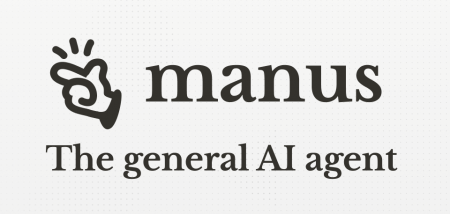
1 Comment
That’s a long read!